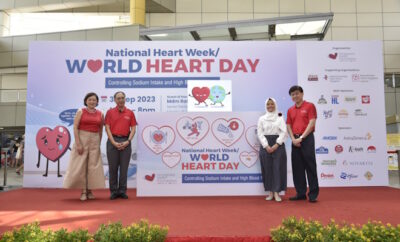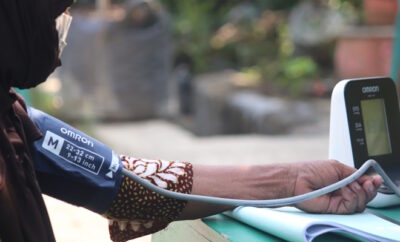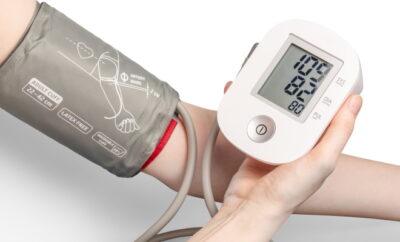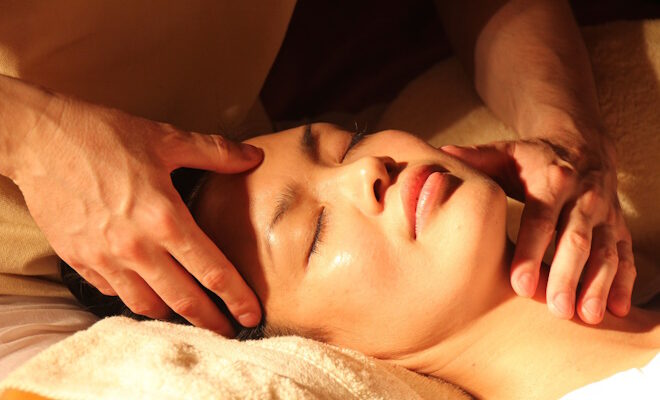
Health x Wellness
Managing hypertension with TCM
Hypertension is the leading global risk for mortality and a common healthcare problem worldwide. The prevalence of hypertension is likely to grow in the next few decades due to factors such as an aging population amid increasing obesity and diabetes. The high prevalence, inadequate awareness, suboptimal treatment, and low rate of achieving guideline-recommended target blood pressure control are key factors leading to severe cardiovascular complications.
According to the Singapore National Health Survey, 37 percent of Singaporeans between the ages of 18 and 74 years suffer from hypertension during the period of 2021-2022 . It is one of the major risk factors for coronary artery disease and stroke. By the time the average Singaporean reaches the 60 – 69 year age group, more than 50 percent have high blood pressure.
Lifestyle factors significantly contribute to the prevalence of hypertension. For instance, a high salt intake, which increases blood volume, is a common dietary habit that can lead to hypertension. Obesity is another contributing factor, with a 5 percent increase in body weight closely correlated with a 20–30 percent increased odds of being hypertensive.
Efforts are underway to curb the high prevalence of hypertension in Asia and Singapore. These include public health initiatives aimed at promoting healthier lifestyles, such as reducing salt and sugar intake, increasing physical activity, and maintaining a healthy body mass index. However, the challenge remains significant, and continuous efforts are needed to raise awareness, improve treatment, and control hypertension in this part of the world.
We discuss managing hypertension through traditional Chinese medicine (TCM) with TCM Physician Ng Wen Xin from One Wellness Medical @ Sengkang Grand Mall.
the Active Age (AA): Can TCM be effective when it comes to managing health areas such as hypertension, how so?
Ng Wen Xin (NWX): Traditional Chinese Medicine has a long history of around 3,000 years and it’s becoming increasingly popular worldwide, with people using it alone or in combination with Western therapies and medicines to diagnose and prevent illnesses such as hypertension.
Hypertension, more commonly known as high blood pressure, is when the blood pressure in the vessels is too high. From the TCM perspective, hypertension is caused by the dysfunction of various organ systems, such as the liver, heart, or kidney. Some common syndromes include the Liver-Fire Ascending syndrome (肝火上亢) and the accumulation of dampness and phlegm (痰湿内盛). For instance, someone presenting the Liver-Fire Ascending syndrome might encounter vertigo, headaches, and irritability. Individuals with chest discomfort, cough and nausea will fall under the syndrome of accumulation of dampness and phlegm. Based on the syndromes, a TCM physician can develop a personalised plan to manage these different types of syndromes accordingly.
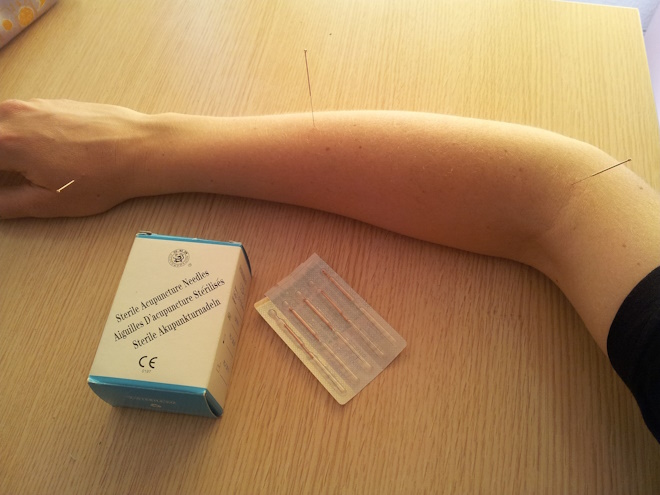
AA: How can TCM approaches complement medication when dealing with hypertension?
NWX: TCM treatments such as acupuncture are often delivered together with Western medicine for a comprehensive integrative approach to health concerns such as hypertension.
Western medicine primarily focuses on identifying the cause of an ailment and alleviating the current symptoms with medication.
TCM, on the other hand, aims to enhance the body’s natural defences to prevent diseases from reoccurring.
There are a few ways that TCM can complement the treatment of hypertension, and one popular, effective approach is acupuncture. Studies have shown that it can aid in the dilation of blood vessels and enhance blood circulation in the brain. By doing so, acupuncture can act as an alternative way to manage high blood pressure levels. It can also reduce stress and ease away any pain and discomfort the individual might be having. Apart from acupuncture, TCM herbal medication, cupping, or even relevant dietary management are also used to complement the treatment of hypertension.
For instance, the Qu Chi acupoint (曲池) can help to dispel wind and clear heat from the body. This can help to smoothen the flow of Qi — also referred to as vital energy —and blood in the body, hence helping to lower blood pressure. This point can be located near the middle elbow joint when the arm is bent. Another acupoint, Tai Chong (太冲), is located between the first and second toes on the dorsal side of the foot. This can help to clear Qi stagnation in the Liver meridian, improve blood circulation and stabilise blood pressure.
An integrative healthcare approach would prioritise medication, lifestyle and dietary changes and use TCM and acupuncture as complementary tools to boost the body’s constitution.
AA: Recent reports share that excessive sodium intake is one reason for hypertension in the Singapore population. How does TCM approach this matter?
NWX: Having excessive sodium intake or a high salt diet commonly belongs to the syndrome of Liver-Fire Ascending. Individuals with such a syndrome should certainly cut down on their consumption of salty, oily, and fatty foods and stick to a lighter diet rich in vitamins and protein. They can incorporate more potassium-rich vegetables such as carrots, eggplants and celery, and calcium-rich foods such as walnuts, fish, and milk. In TCM, physicians can provide a customised diet plan for hypertensive individuals. Knowing what food to choose or avoid will inevitably lead to an improvement in blood pressure management.
TCM herbs that are frequently used to lower blood pressure include Tianma Gouteng decoction (天麻钩藤) for the Liver-Fire Ascending syndrome, Banxia Baizhu Tianma decoction (半夏白术天麻) for the syndrome of accumulation of dampness and phlegm, as well as others like the Guipi decoction (归脾汤). Individual herbs such as Huangqin (黄芩) and Juhua (菊花) are also used. For example, chrysanthemum (Juhua, 菊花) can help dispel wind and heat, calm liver heat and detoxify the body. Modern research has also shown that it has anti-inflammatory properties, aiding in dilating arteries and increasing blood flow, thereby lowering blood pressure. It is commonly paired with herbs such as Xia Ku Cao (夏枯草) and Jue Ming Zi (决明子). However, individuals are advised to always consult a licensed TCM practitioner for a personalised formulation.
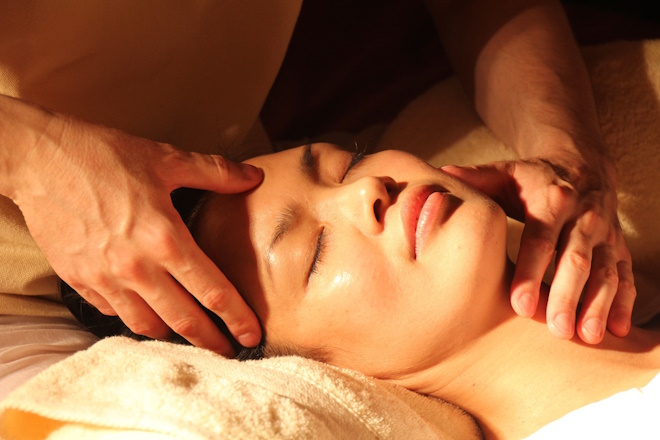
AA: What are the top 3 – 5 actions people can adopt to manage hypertension over the long term?
NWX: There are several actions that individuals can adopt for long-term management of hypertension and to prevent its associated risks.
First, adopt a healthy diet. Eating healthily will help to prevent high blood pressure and its complications. Besides cutting down on salt, prepare meals full of nutrition with fruits and vegetables, whole grains, lean protein, potassium, and fibre. These can include celery seeds and leaves and fruits such as blueberries, strawberries, and bananas. Individuals should also avoid or minimise smoking, alcohol drinking, and consumption of processed junk food.
Second, exercise regularly. It is recommended that the average adult spend 150 minutes of moderate-intensity or 75 minutes of vigorous-intensity aerobic activity per week. This can help the individual to work towards better weight management, especially for obese patients. Traditional Chinese exercises such as Taichi and Qigong are renowned for their benefits to the body and the mind, much like Western yoga and meditation.
Third, get adequate rest and sleep. Sleep helps to repair blood vessels, reduce blood pressure, and balance hormones. More often overlooked, sleep is extremely crucial to the management of hypertension. Inadequate sleep will likely contribute to an increased risk of heart disease, high blood pressure and even stroke.
Fourth, apply acupressure massage. Acupressure massage involves stimulating points on the body that correspond to different organ systems of the body, thereby restoring balance in the body and reducing related symptoms.
Specifically for hypertension, you can massage the Hypertension Groove situated at the upper groove in the back of the ear. Rub this area up and down 30 times with your thumb or index finger, repeat 3 times daily. You may do it one side at a time or both sides together.
Another effective point is known as Feng Chi (风池). This point is located on the back of the neck at the base of the skull, in a depression on both sides of the vertebra. You can use your thumbs to apply a medium amount of pressure for a minute or longer while taking deep breaths. This not only evens out high blood pressure but also helps with vertigo and headaches.
Do note that acupressure massage can achieve a better therapeutic result when combined with other treatment modalities.
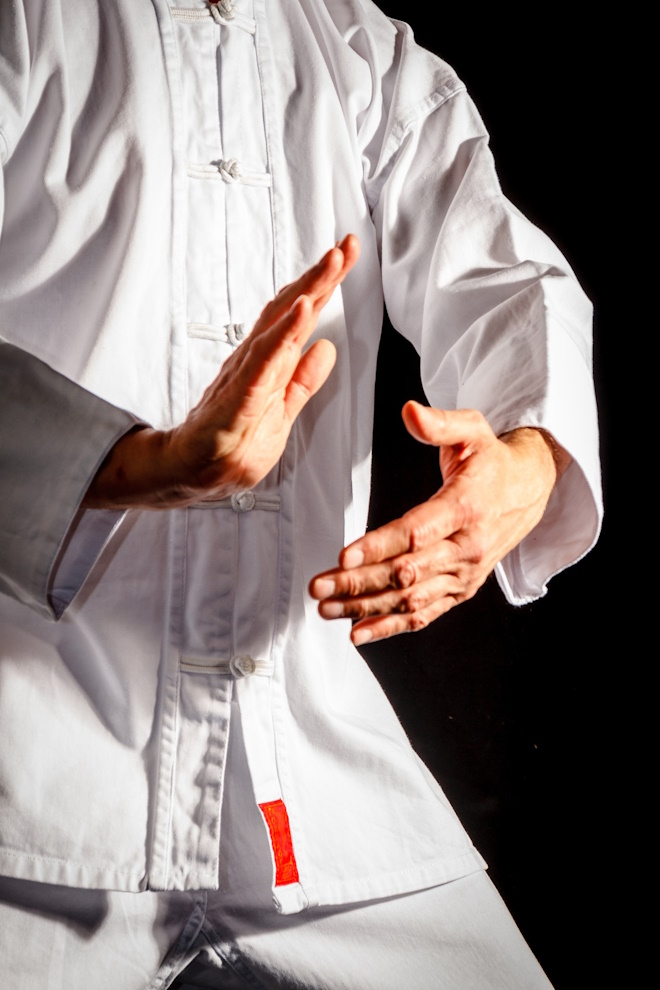
AA: What role can TCM play in these actions, that go beyond short-term fixes, and towards a more holistic approach?
NWX: Hypertension is a common cardiovascular disease that leads to increased morbidity and mortality worldwide. It is the major cause of many irreversible cardiovascular events, such as chronic heart failure and stroke. Due to the complexity of hypertension, a holistic perspective such as that of TCM can help to manage the individual’s condition in a more comprehensive way, alongside Western treatment.
The principle of TCM is to look at the body as a whole and maintain the balance in the body, ensuring the smooth flow of Qi and blood.
TCM can complement Western medical treatment by helping to restore the balance in the body, hence providing a more holistic and sustainable approach towards the management of hypertension.
Physician Ng Wen Xin currently practices at One Wellness Medical @ Sengkang Grand Mall. Run by Eu Yan Sang TCM Clinics, One Wellness Medical adopts an East-meets-West approach by integrating both GP and TCM services to provide comprehensive patient care.
Image by Kai Miano, by tomasdelgado and by MichaelRaab from Pixabay

